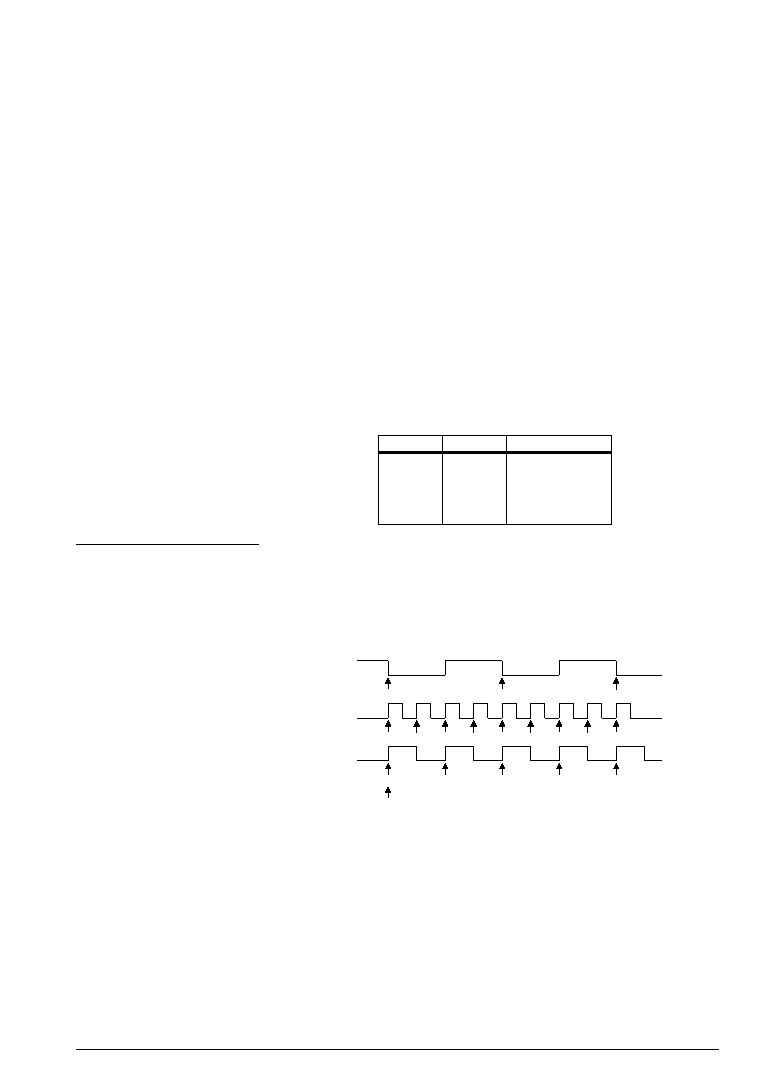- 您現(xiàn)在的位置:買賣IC網(wǎng) > PDF目錄98068 > S1C62740D 4-BIT, MROM, 1.3 MHz, MICROCONTROLLER, UUC109 PDF資料下載
參數(shù)資料
| 型號: | S1C62740D |
| 元件分類: | 微控制器/微處理器 |
| 英文描述: | 4-BIT, MROM, 1.3 MHz, MICROCONTROLLER, UUC109 |
| 封裝: | DIE-109 |
| 文件頁數(shù): | 223/249頁 |
| 文件大小: | 1712K |
| 代理商: | S1C62740D |
第1頁第2頁第3頁第4頁第5頁第6頁第7頁第8頁第9頁第10頁第11頁第12頁第13頁第14頁第15頁第16頁第17頁第18頁第19頁第20頁第21頁第22頁第23頁第24頁第25頁第26頁第27頁第28頁第29頁第30頁第31頁第32頁第33頁第34頁第35頁第36頁第37頁第38頁第39頁第40頁第41頁第42頁第43頁第44頁第45頁第46頁第47頁第48頁第49頁第50頁第51頁第52頁第53頁第54頁第55頁第56頁第57頁第58頁第59頁第60頁第61頁第62頁第63頁第64頁第65頁第66頁第67頁第68頁第69頁第70頁第71頁第72頁第73頁第74頁第75頁第76頁第77頁第78頁第79頁第80頁第81頁第82頁第83頁第84頁第85頁第86頁第87頁第88頁第89頁第90頁第91頁第92頁第93頁第94頁第95頁第96頁第97頁第98頁第99頁第100頁第101頁第102頁第103頁第104頁第105頁第106頁第107頁第108頁第109頁第110頁第111頁第112頁第113頁第114頁第115頁第116頁第117頁第118頁第119頁第120頁第121頁第122頁第123頁第124頁第125頁第126頁第127頁第128頁第129頁第130頁第131頁第132頁第133頁第134頁第135頁第136頁第137頁第138頁第139頁第140頁第141頁第142頁第143頁第144頁第145頁第146頁第147頁第148頁第149頁第150頁第151頁第152頁第153頁第154頁第155頁第156頁第157頁第158頁第159頁第160頁第161頁第162頁第163頁第164頁第165頁第166頁第167頁第168頁第169頁第170頁第171頁第172頁第173頁第174頁第175頁第176頁第177頁第178頁第179頁第180頁第181頁第182頁第183頁第184頁第185頁第186頁第187頁第188頁第189頁第190頁第191頁第192頁第193頁第194頁第195頁第196頁第197頁第198頁第199頁第200頁第201頁第202頁第203頁第204頁第205頁第206頁第207頁第208頁第209頁第210頁第211頁第212頁第213頁第214頁第215頁第216頁第217頁第218頁第219頁第220頁第221頁第222頁當(dāng)前第223頁第224頁第225頁第226頁第227頁第228頁第229頁第230頁第231頁第232頁第233頁第234頁第235頁第236頁第237頁第238頁第239頁第240頁第241頁第242頁第243頁第244頁第245頁第246頁第247頁第248頁第249頁

S1C62740 TECHNICAL HARDWARE
EPSON
I-63
CHAPTER 4: PERIPHERAL CIRCUITS AND OPERATION (Programmable Timer)
In case such as when counting by a key input, this causes it to
eliminate noise of 2 msec or less such as chattering and to
accept signals of 6 msec or more. (Acceptance of signals within
the range from 2 msec to 6 msec is uncertain.) The K10 input
(direct) is bypassed by this noise reject circuit. When it inputs a
clock of 6 msec or less, you should select direct.
fOSC1 and fOSC3 are the respective output clocks of the OSC1
and OSC3 oscillation circuit.
When using fOSC3, you must turn ON the OSC3 oscillation
circuit in advance. If the OSC3 oscillation circuit is ON, count-
ing can be done by fOSC3, even when the CPU clock is fOSC1.
(2) Clock dividing ratio selection
For the programmable timer, the predivider that contains the
down counter is set up after the selector for the above men-
tioned clock source. The input clock dividing ratio can be
selected from four types. As shown in Table 4.10.2, this selec-
tion can be done by registers PTD0 and PTD1.
Run/Stop of the programmable timer can be controlled by
register PTRUN.
When initiating programmable timer count, perform program-
ming by the following steps:
1. Set the initial data to RD0–RD7.
2. Reset the programmable timer by writing "1" to PTRST.
3. Start the down-count by writing "1" to PTRUN.
Table 4.10.2
Clock dividing ratio selection
Operation of
programmable timer
(1) Down-count
The 8-bit down counter counts down the divided input clock
explained in the foregoing clause as the clock.
In case of K10 input, the down count timing becomes the falling
edge of the clock and in fOSC1 and fOSC3 it becomes the rising
edge.
PTD1
PTD0
Dividing ratio
0
1/256
0
1
1/32
10
1/4
11
1/1
Fig. 4.10.2
Timing of down-counts
(predivider = 1/1)
K10 input
fOSC1
fOSC3
Down count
相關(guān)PDF資料 |
PDF描述 |
|---|---|
| S1C62920D | 4-BIT, MROM, 1.3 MHz, MICROCONTROLLER, UUC63 |
| S1C62A33D | 4-BIT, MROM, 0.6 MHz, MICROCONTROLLER, UUC86 |
| S1C62N82F | 4-BIT, MROM, 0.032 MHz, MICROCONTROLLER, PQFP80 |
| S1C63158F0A0100 | 4-BIT, FLASH, 4.2 MHz, MICROCONTROLLER, PQFP100 |
| S1C63358F0A0100 | 4-BIT, MROM, 4.1 MHz, MICROCONTROLLER, PQFP100 |
相關(guān)代理商/技術(shù)參數(shù) |
參數(shù)描述 |
|---|---|
| S1C63004 | 制造商:EPSON 制造商全稱:EPSON 功能描述:CMOS 4-bit Single Chip Microcontroller |
| S1C63008 | 制造商:EPSON 制造商全稱:EPSON 功能描述:CMOS 4-bit Single Chip Microcontroller |
| S1C63016 | 制造商:EPSON 制造商全稱:EPSON 功能描述:CMOS 4-bit Single Chip Microcontroller |
| S1C63158 | 制造商:EPSON 制造商全稱:EPSON 功能描述:4-bit Single Chip Microcomputer |
| S1C63408 | 制造商:EPSON 制造商全稱:EPSON 功能描述:4-bit Single Chip Microcomputer |
發(fā)布緊急采購,3分鐘左右您將得到回復(fù)。